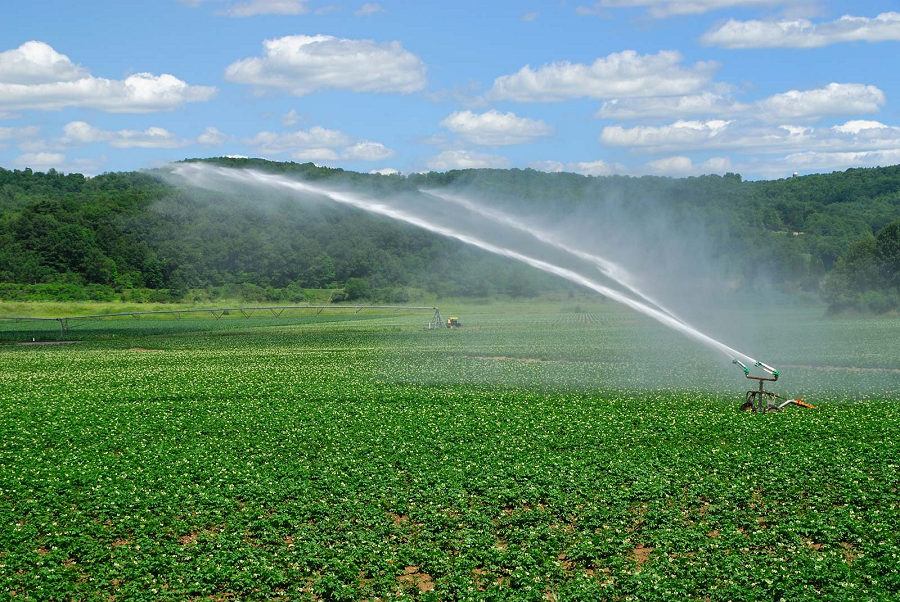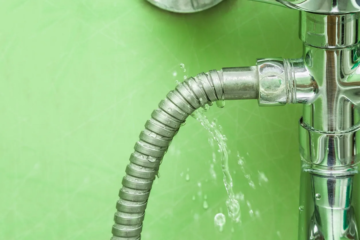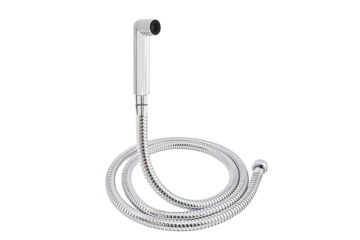Technologies For Simple And Efficient Irrigation

The amount of food a farm produces can double with proper and efficient irrigation technologies.
However, even with that possibility, 80 percent of worldwide farmland is not irrigated. This is according to research conducted by the UN Food and Agriculture Organization. What leads to this is the high cost of irrigation equipment. Moreover, inferior irrigation methods can also lead to environmental damages like soil erosion and water shortages, not to mention soil salinization. This affected even the irrigation service in The Colony, TX. So, what are the best technologies for simple and efficient irrigation? Well, here are a few technologies that can help simplify irrigation.
1. Flood Irrigation
One of the easiest and simplest forms of irrigation is flooding farms with water. It doesn’t require much energy or equipment. However, done inappropriately, it can salinize the soil. Therefore, for you to implement this method effectively, you need to use the following tricks;
- Timing of the floods to reduce runoff
- Catch the water runoffs at the border or edge of the field
- Ensure the field has a well-leveled gentle slope.
It can be a challenge leveling or grading the field without proper instruments. Therefore, in this case, it is advisable to use a DIY water level in case you don’t have a laser handy. The tool can get the measurement of the heights of the two points, with a plastic tube and measuring tape.
2. Drip Irrigation
This method is rapidly gaining recognition as not only a water-saving technique but also because of its low-cost. It is a setup of water tubes linked to either a water pond or any other water source, and the tubes are perforated. The water trickles out of the perforations and onto the soil.
It is the right approach of giving the plants good moisture they need because it sends water deep into the roots of the plants. It’s sometimes considered a bit expensive but recommended by farmers because it reduces water supply.
3. Sprinkling Irrigation
This is an irrigation method whereby artificial rain is used to bring water to the plants. However, rotating sprinklers and rain guns are devices used in this method. There are a few factors that may affect the use of this method. The factors are;
- The available pressure
- Amount of water to be used
- Soil type
- Characteristics of plant
- Wind characteristics
- Frost
- Pluviometry
However, excessive pluviometry can lead to incidences, such as flooded areas or water runoffs.
4. Mulching
This is the process of using the plant remains to cover soil at the foot of a crop. The importance of this cover is to keep the soil wet once the evaporation is severe. Mulching also stops the growth of unwanted leaves and, therefore, fighting for soil minerals and water with the plant.
5. Treadle Pumps
One of the challenges witnessed in irrigation is drawing water from a well or any other nearby source into the field. However, during the irrigation services in the colony Tx, long before the inception of diesel engines, people have been pumping water into the fields. But how did they do it? Well, people have designed low-cost pumps powered by humans.
Farmers use the machines by jogging on them up and down, and in the process, the jogging moves pistons and creates suctions, which therefore draws water from the source like a well or a nearby river.
Irrigation is quite a tedious process, but it is much worth it considering at the end of the day, you’ll make some harvest from your hard work. However, the technologies mentioned above or techniques can make your irrigation simple and efficient if used appropriately. During irrigation services in the colony Tx, farmers were forced to be creative, especially in areas where low rainfall was being experienced hence the initiation of the above techniques.




